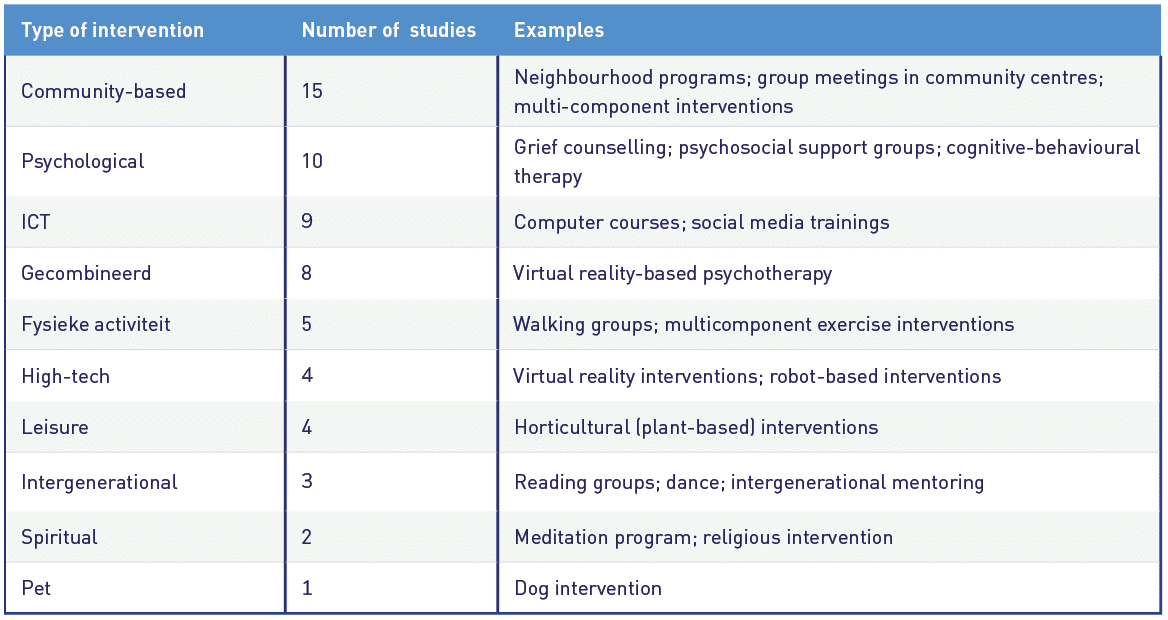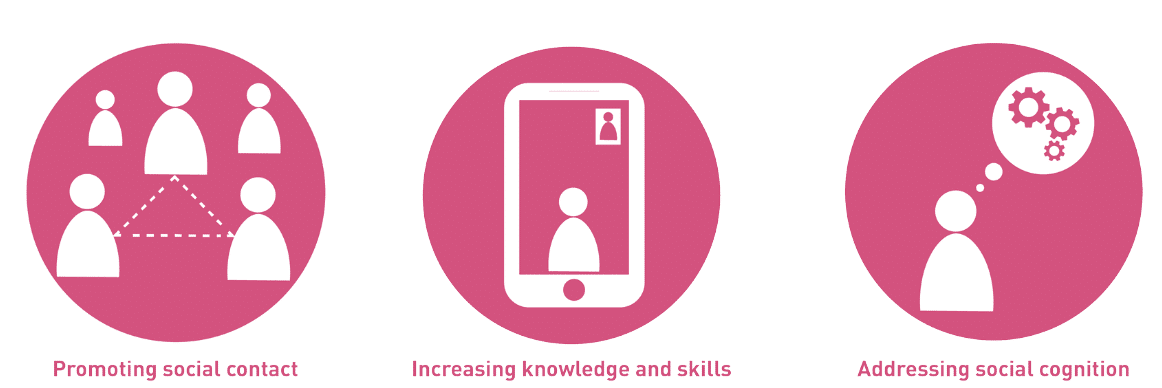Summary of the prevalence study
The aim of the prevalence study is to determine how many people feel lonely, addressing specifically the global prevalence of loneliness (before/after COVID) among elderly people, with a special focus on the Meuse-Rhine Euroregion (EMR). To this end, we used two sources of information: (1) scientifically published data for mapping global prevalence; (2) survey data outside academic publications such as reports, or government documents for prevalence specifically within the EMR. We included publications published between 2016 and 2022, with a population at least 60 years old at inclusion and a mean age of at least 65 years for the sample.
In terms of published data, 37 articles were selected. The results show that before the start of the COVID-19 pandemic, estimates of loneliness were highest in Nigeria (46%) and lowest in Australia (5%) (mean prevalence of 25.6%). Among specific populations (e.g. people living in specific communities, such as residential communities for the elderly or people with disabilities), loneliness was reported to be higher than in the general population (mean prevalence estimates of 47.8%). During the COVID-19 pandemic, the prevalence of loneliness was higher than before the pandemic (mean prevalence of 39.4%).
The results further show that, when looking at the prevalence of loneliness in the EMR, compared to Belgium and the Netherlands, estimates for loneliness were lowest in Germany (between 7.5 and 7.9%). In Belgium, the prevalence for loneliness was between 12% and 15% in people older than 65 years, and in the Netherlands it was found to be higher (between 32% and 41%). During the COVID-19 pandemic, the prevalence of loneliness increased in each country (between 8.7% and 22.1% in Germany, between 20% and 22% in Belgium and between 44% and 65% in the Netherlands).
It can be concluded that large differences in the prevalence of loneliness were observed between the countries and populations studied. Several hypotheses could explain these differences: methodological explanations (such as the instruments used to assess loneliness, the population selected, the average age and the period during which the data were collected); socio-cultural and historical-political characteristics (e.g. social security systems, mobility and migration rates); demographic composition of the country or cultural differences in relationship expectations (when living alone is not the norm, singles are more likely to feel lonely). Unsurprisingly, the COVID-19 pandemic and related measures increased levels of loneliness.
Interventions for loneliness and social isolation – a review of the scientific literature
The potentially harmful effects of loneliness and social isolation on physical and mental health underscore the importance of identifying effective interventions. There is also a need to identify and understand the scientific evidence for the effectiveness of such interventions. Furthermore, it is important to understand the mechanisms underlying interventions that prove effective in reducing loneliness or social isolation. These could also provide the basis for creating new interventions.
Therefore, as part of the euPrevent PROFILE project, a systematic search was conducted of the scientific literature on interventions targeting loneliness and social isolation. This study was conducted in three scientific databases using predefined criteria (e.g. a mean age of ≥ 65 years of the included participants). Finally, 61 interventions were identified and the evidence regarding their effectiveness and possible underlying mechanisms was summarised.
What interventions exist and are they effective?
The table below lists intervention types that emerged from the systematic literature review. A quantitative assessment of the effectiveness of interventions, combining the results of several studies, suggested that interventions targeting loneliness and social isolation are generally effective, even though the magnitude of this effect may vary by intervention type.
The effect of interventions with a strong technological component (i.e. information and communication technology and high-technology interventions) was generally slightly smaller than that of the other intervention types. In general, there were large differences between intervention studies in several areas, such as how loneliness or social isolation were assessed, to which group study participants belonged (e.g. geographical region) and how long and intensive the interventions were.
What mechanisms may underlie effective interventions/practical implications?
The potential mechanisms of effective interventions targeting loneliness and social isolation identified in the scientific literature were summarised and grouped into three clusters (figure clusters).
The first cluster includes promoting and providing opportunities for social contact and laying the groundwork for receiving instrumental and emotional social support.
A second cluster describes increasing knowledge about resources in the community and developing specific skills (e.g. use of technology).
The third cluster of intervention mechanisms includes addressing cognitive processes related to social interactions. Consider, for example, promoting a sense of control, a reduction in social anxiety or changes in perceptions of social support.



